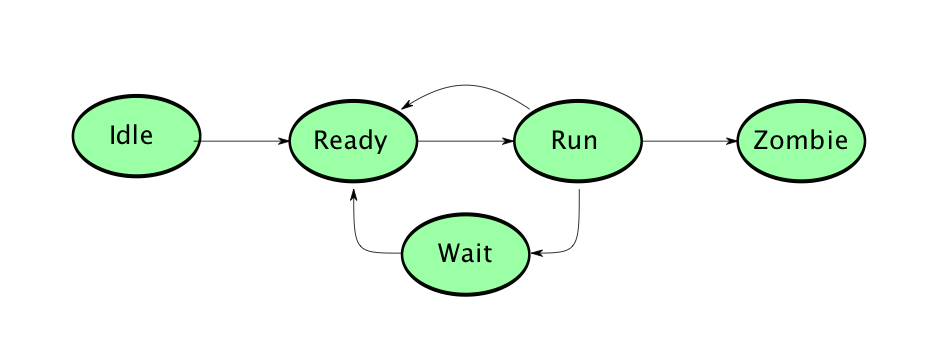The Five Main Process States in Unix
Unix systems typically recognize five primary process states that represent the lifecycle of a process from creation to termination. These states form the foundation of process management and scheduling in Unix-based operating systems.
1. Running State (R)
The Running state indicates that a process is either currently executing on the CPU or is ready to run and waiting in the run queue. In multi-processor systems, multiple processes can be in the running state simultaneously, with each processor executing one process. However, in single-processor systems, only one process can truly be running at any given moment.
When a process is in the Running state, it has been selected by the scheduler and allocated CPU time. The process actively executes its instructions, performs calculations, and progresses through its code. The time a process spends in this state is called CPU time or execution time.
Processes in the Running state can be preempted by the scheduler if their time quantum expires or if a higher-priority process becomes available. This preemption ensures fair distribution of CPU resources among all processes and maintains system responsiveness.
Author is a passionate Blogger and Writer at Dlightdaily . Dlightdaily produces self researched quality and well explained content regarding HowToGuide, Technology and Management Tips&Tricks.

